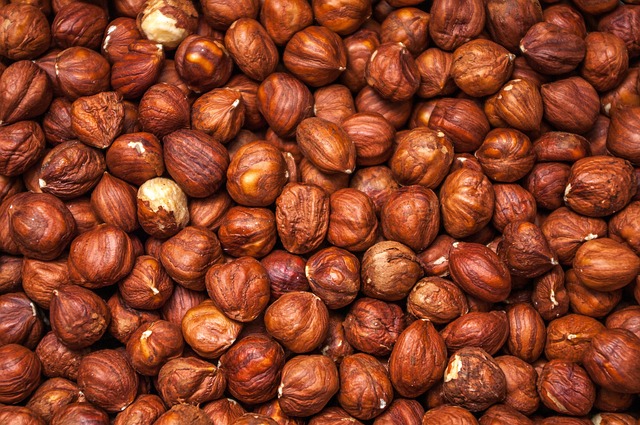
Hydrolysis Reaction
Understanding Hydrolysis Reaction
Hydrolysis is a fundamental chemical process that plays a crucial role in various biological and industrial applications. At its core, hydrolysis involves the reaction of a substance with water, leading to the breakdown of that substance into smaller components. This reaction is essential in many biochemical processes, as well as in the production of everyday products like soap.
The Mechanism of Hydrolysis
The term "hydrolysis" comes from the Greek words "hydro," meaning water, and "lysis," meaning to break apart. In a hydrolysis reaction, a molecule of water is added to a compound, resulting in the splitting of that compound into two parts. This process typically involves breaking a chemical bond, where one fragment of the original molecule gains a hydrogen ion (H+), while the other fragment acquires a hydroxide ion (OH-).
Types of Hydrolysis
There are several types of hydrolysis reactions, each with its unique applications:
- Hydrolysis of Triglycerides: This type of hydrolysis occurs when triglycerides, which are fats, react with an aqueous base such as sodium hydroxide (NaOH). The reaction produces glycerol and fatty acids, which then react with the base to form salts known as soaps. This process is widely used in the soap-making industry.
- Peptide Hydrolysis: In biological systems, the hydrolysis of peptides leads to the formation of amino acids. This reaction is crucial for protein digestion and metabolism, allowing the body to utilize the building blocks of proteins.
- Polymer Hydrolysis: Many synthetic polymers, such as nylon 6,6, undergo hydrolysis in the presence of strong acids. This reaction can lead to depolymerization, which is the breakdown of the polymer into its monomer units. This property is significant in understanding the durability and lifespan of polymer products.
Biochemical Importance
Hydrolysis reactions are not limited to industrial applications; they are also vital in biological systems. For instance, ATP (adenosine triphosphate) hydrolysis is a key reaction that provides energy for various cellular processes. Enzymes often catalyze these reactions, enhancing their efficiency and specificity. Without hydrolysis, many biochemical pathways would be unable to function effectively.
Applications of Hydrolysis
The applications of hydrolysis extend beyond the laboratory and into everyday life:
- Soap Production: As mentioned earlier, the hydrolysis of fats is the foundation of soap-making. This process not only produces soap but also highlights the importance of understanding chemical reactions in creating household products.
- Food Industry: Hydrolysis is used in the production of various food products, including the breakdown of starches into sugars. This process is essential for fermentation and the production of alcoholic beverages.
- Waste Management: Hydrolysis plays a role in the degradation of organic waste materials. Understanding this process can help improve waste treatment methods and reduce environmental impact.
Conclusion
Hydrolysis is a vital chemical reaction with far-reaching implications in both natural and industrial contexts. From the production of soap to the breakdown of complex molecules in biological systems, understanding hydrolysis is essential for various fields, including chemistry, biology, and environmental science. As research continues to evolve, the applications and significance of hydrolysis will likely expand, further emphasizing its importance in our daily lives.

















 ভূতাত্ত্বিক জরিপ অধিদপ্তর: বাংলাদেশের ভূতাত্ত্বিক রহস্য উদঘাটন!
ভূতাত্ত্বিক জরিপ অধিদপ্তর: বাংলাদেশের ভূতাত্ত্বিক রহস্য উদঘাটন! 
 Health
Health  Fitness
Fitness  Lifestyle
Lifestyle  Tech
Tech  Travel
Travel  Food
Food  Education
Education  Parenting
Parenting  Career & Work
Career & Work  Hobbies
Hobbies  Wellness
Wellness  Beauty
Beauty  Cars
Cars  Art
Art  Science
Science  Culture
Culture  Books
Books  Music
Music  Movies
Movies  Gaming
Gaming  Sports
Sports  Nature
Nature  Home & Garden
Home & Garden  Business & Finance
Business & Finance  Relationships
Relationships  Pets
Pets  Shopping
Shopping  Mindset & Inspiration
Mindset & Inspiration  Environment
Environment  Gadgets
Gadgets  Politics
Politics 